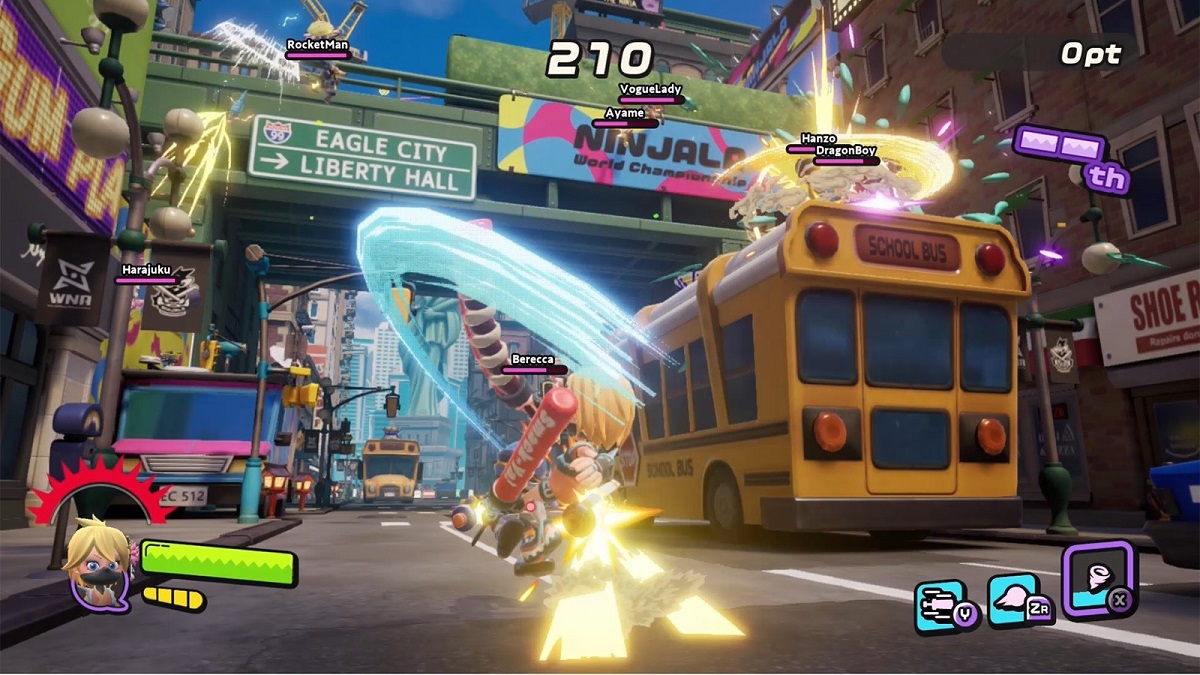I interviewed Kazuki Morishita, the president of GungHo Entertainment, during the Electronic Entertainment Expo (E3) in 2018 in Los Angeles. That seems like ages ago, and GungHo was getting ready to launch its bubblegum fighting game Ninjala.
It was a lighthearted title that was aimed at a broad audience, where you could play as a kid with funny weapons that you could use to whack other kids. It’s a bit like Nintendo’s Splatoon, but instead of shooting with paint, you hit each other with bats and craft new weapons from bubble gum.

Unlock premium content and VIP community perks with GB M A X!
Join now to enjoy our free and premium membership perks.
![]()

![]()